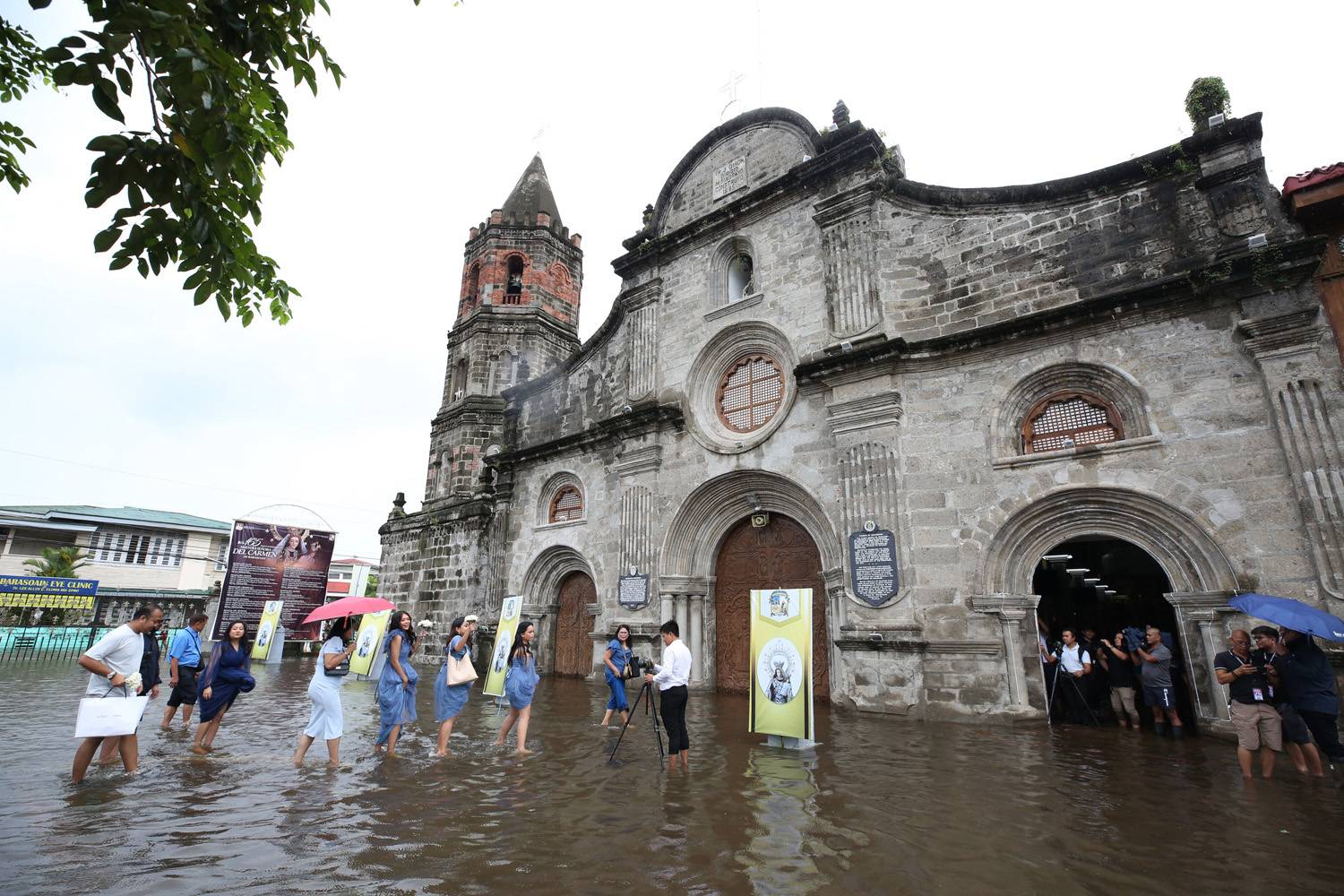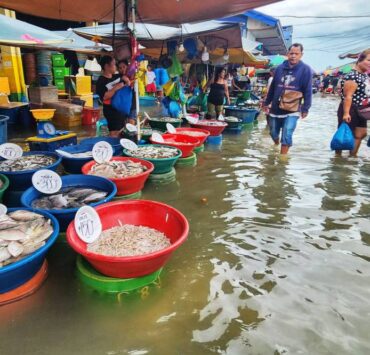Parts of Bulacan, Pangasinan under state of calamity

Several towns and cities in the provinces of Bulacan and Pangasinan have been placed under a state of calamity due to continuous rains, high tide and dam-water releases that triggered widespread flooding and forced thousands of residents to evacuate amid the recent onslaught of Severe Tropical Storm “Crising” (international name: Wipha).
In Bulacan, the towns of Calumpit and Balagtas and Meycauayan City were placed under a state of calamity by their respective local governments as severe flooding continued in low-lying communities in these areas.
Calumpit Mayor Lem Faustino approved Municipal Board Resolution No. 85-2025 after floodwaters up to 1.82 meters (6 feet) deep submerged all 29 barangays.
Farm damage
The Municipal Disaster Risk Reduction and Management Office (MDRRMO) reported that 131,832 people from 40,501 families were affected, with 1,188 people from 317 families now staying in nine evacuation centers.
Hardest hit was Sitio Nabong in Barangay Meysulao, where floodwaters remained year-round and rose to 1.82 meters (6 feet) during the recent downpour, according to MDRRMO chief Enriquito Santiago Jr.
“This declaration will allow us to fast-track the release of funds for relief, rehabilitation, and financial assistance,” Faustino said in a statement.
Damage to 19 hectares of rice farms in Calumpit reached P3.8 million.
In Balagtas, Mayor Adrian Santiago approved the declaration of a state of calamity through Municipal Council Resolution No. 012 as floodwaters rose up to 1.21 meters (4 feet) high, affecting more than 50,000 residents across all nine barangays.
At least 1,132 residents in Balagtas have sought shelter in 10 evacuation centers.
Several roads in Balagtas were also rendered impassable on Tuesday afternoon due to floodwaters rising almost a meter (3 feet), including MacArthur Highway from Balagtas to Bocaue, Bantayan Street leading to Bulakan town, the road to Tuktukan in Guiguinto, and Borol 1st Road in Balagtas.
During a special session on Wednesday afternoon, the city council of Meycauayan placed the city under a state of calamity through Resolution No. 2025-048.
Residents across all 26 barangays reported severe flooding, with waters rising up to 4 feet and submerging low-lying areas.
The resolution also mandated a 60-day price freeze on basic commodities.
Persistent
Manuel Lukban Jr., chief of the Bulacan Provincial Disaster Risk Reduction and Management Office, also reported damage to infrastructure, with major roads—including portions of MacArthur Highway—rendered impassable.
He also cited soil erosion, swelling rivers and leaning electric posts in Calumpit, Norzagaray, Angat, Santa Maria, Marilao, Doña Remedios Trinidad, and Meycauayan City.
In Pangasinan, the local governments of Dagupan City and the towns of Lingayen, Malasiqui, Calasiao, and Sta. Barbara also placed their localities under a state of calamity due to persistent flooding caused by Crising, the enhanced southwest monsoon (“habagat”) and high tide.
In Calasiao, 17 of 24 barangays were submerged, displacing 18,000 residents. The local government said the calamity declaration will enable it to tap emergency funds for relief and recovery efforts.
Dagupan City, under Resolution No. 074, will use its calamity funds for emergency response. Two additional resolutions appealed for medical and food assistance: one to the Department of Health for doxycycline to prevent waterborne diseases, and another to the Department of Social Welfare and Development for 46,000 family food packs.
City Social Welfare Officer Irene Ferrer reported that 441 families (1,279 people) were in 23 evacuation centers. Most barangays of Dagupan, including the business district, are submerged, with several roads now impassable.
In Malasiqui, 15 barangays—comprising 80 percent of its rice fields—are flooded. Despite this, roads and bridges in the town remain passable, with evacuations ongoing in riverside communities.
In Sta. Barbara, the calamity state declaration was also expected to accelerate delivery of aid and rehabilitation efforts. Its local disaster response office has been coordinating relief operations.

















